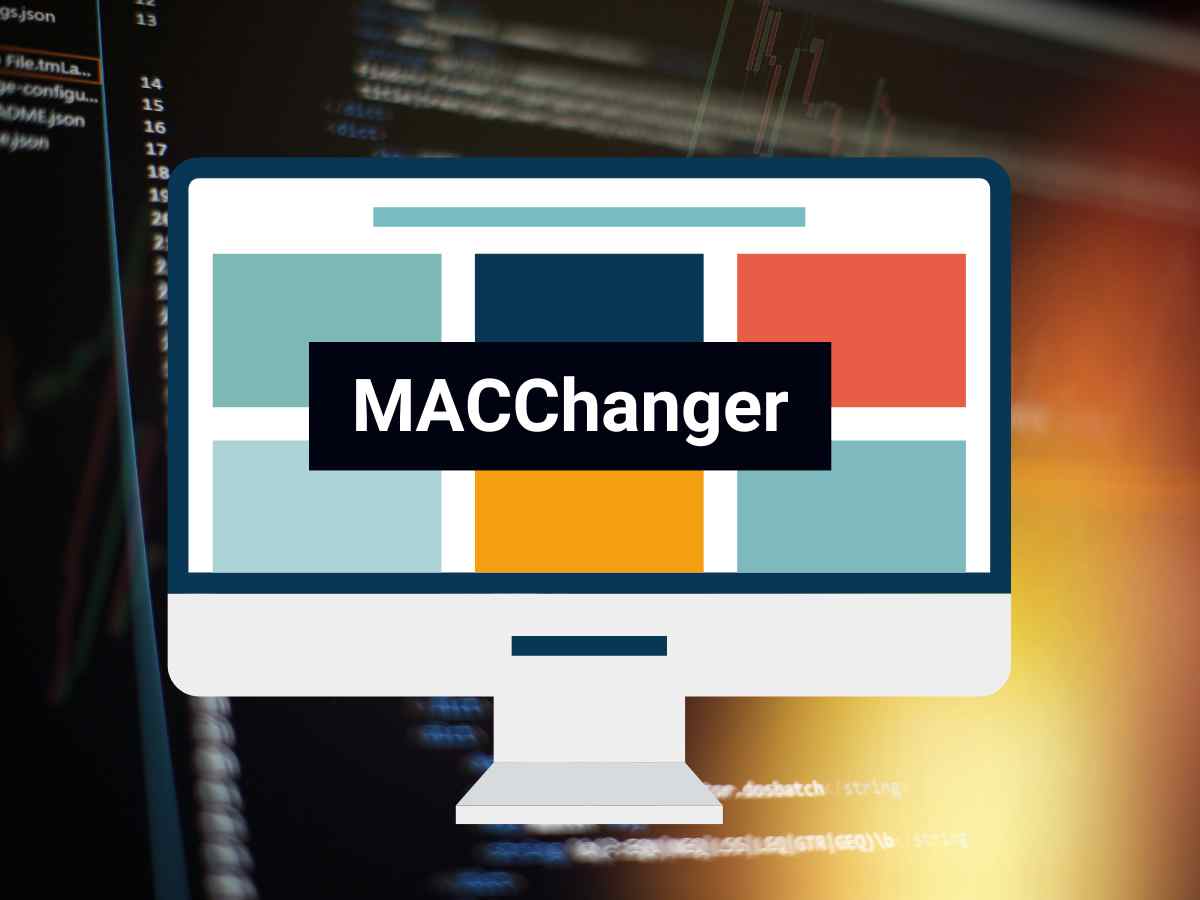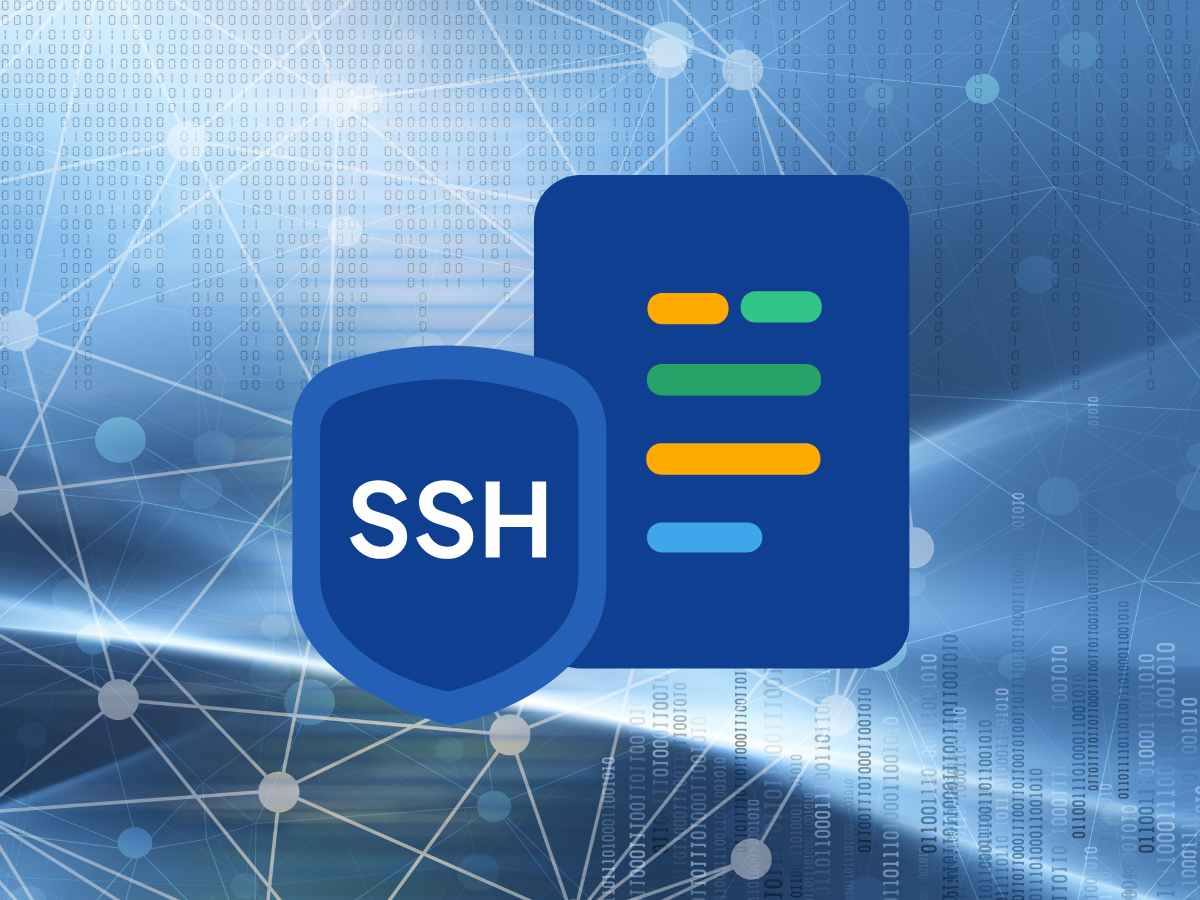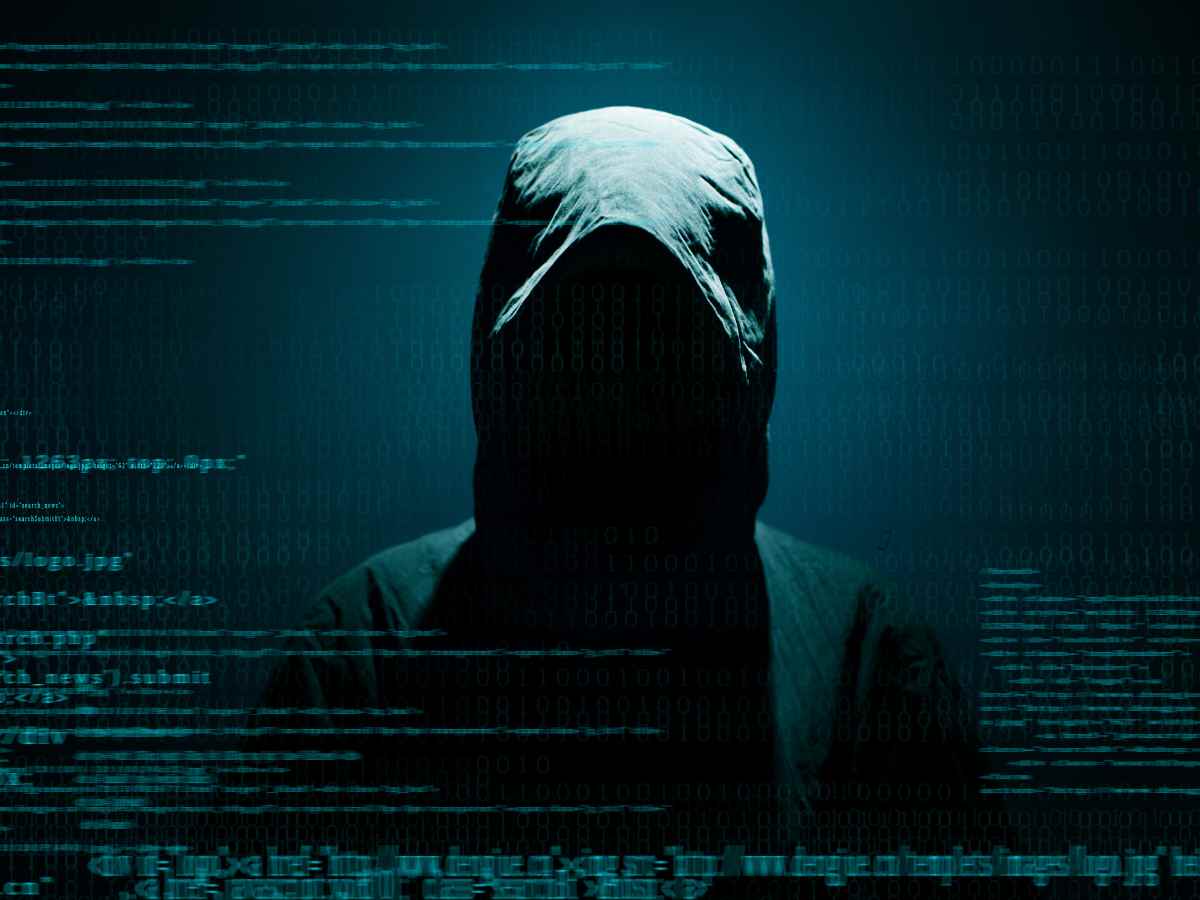**Note: The content in this article is only for educational purposes and understanding of cybersecurity concepts. It should enable people and organizations to have a better grip on threats and know how to protect themselves against them. Please use this information responsibly.**
Suppose you’re walking down the mall, and each store knows you by face. They can see where you’re going, what stores you are visiting, and even the products you pick out. It does sound very intrusive. Suppose your laptop or phone had something similar—instead of the face, though, it would be the MAC address that identified it. MACChanger would help in this scenario.
In this article, we will talk about MACChanger, why you may want to spoof your MAC address, and how to use it safely.
What is a MAC Address, and why spoof it?
Every network device – laptop, phone, even smart fridge – has a unique identifier known as the MAC address, Media Access Control address. It is 48-bit hard-coded into your network adapter, using which routers and networks identify your device.
Reasons to Change Your MAC Address:
- Privacy Protection: Public Wi-Fi hotspots track devices by MAC addresses. Changing yours makes it harder to be tracked.
- Bypass Network Restrictions: Some networks block specific MAC addresses; changing yours can help you regain access.
- Penetration Testing & Ethical Hacking: Security professionals use MAC spoofing to test network defenses.
- Avoid MAC Address Bans: Some services or networks block users based on their MAC addresses.
- Enhanced Security: Prevent attackers from recognizing and tracking your device.
What is MACChanger?
MACChanger is a Linux utility that allows you to modify (spoof) your MAC address temporarily or permanently. Alessandro Barisani developed it, providing an easy way to change your MAC address without messing around with complex system configurations.
Key Features of MACChanger:
- Generates random MAC address
- Ability to set a custom MAC address
- Restores original MAC address after reboot
- Works with both wired and wireless interfaces
Installing MACChanger on Linux
MACChanger is available in most Linux distributions. You can Install it using:
For Debian/Ubuntu:
$ sudo apt update && sudo apt install macchanger -y
How to use MACChanger
Once installed, you can check your current MAC address using:
$ ifconfig
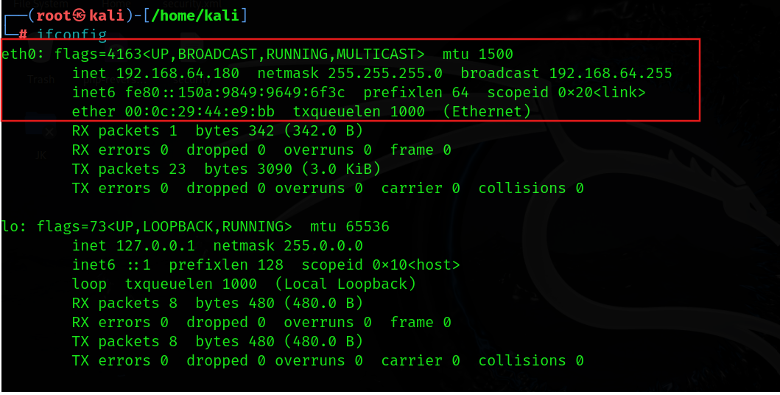
Check your current and permanent MAC address using the command:
$ macchanger -s eth0
macchanger: This is a command-line utility used to view or change the MAC (Media Access Control) address of a network interface.
-s (or –show): This option is used to display the current MAC address of the specified network interface.
eth0: This specifies the network interface whose MAC address you want to check. In this case, eth0 refers to the first Ethernet interface on the system.

Make sure your network interface is down. Use the command:
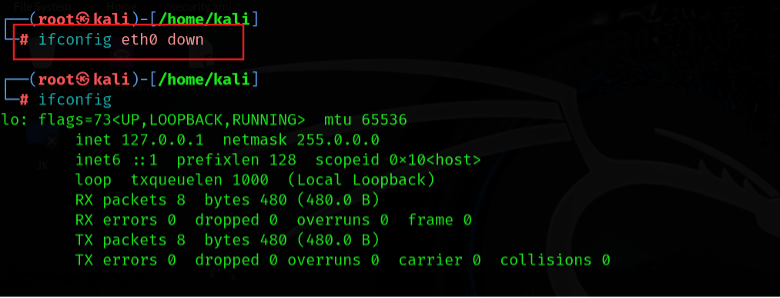
To spoof a random MAC address, use the command:
$ macchanger -r eth0
This command randomizes the MAC address of the eth0 network interface.
- -r (random): Assigns a completely random MAC address to eth0.
- eth0: Specifies the network interface to modify.

In order to check your current MAC address, use the command given below:
Firstly, activate the interface using this command:
Now check your change Mac Address:
$ ifconfig
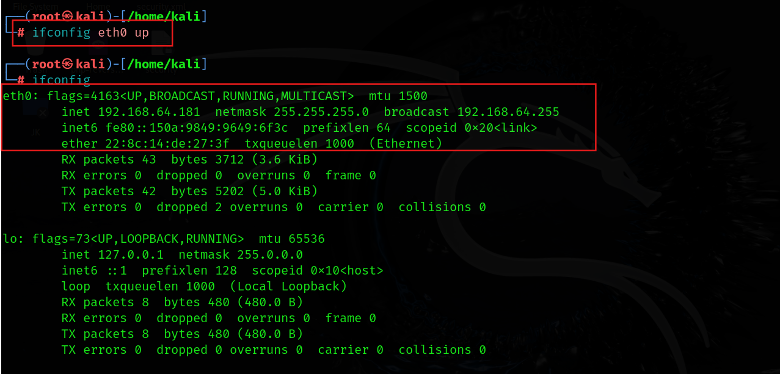
As you can see now your current Mac Address is 22:8c:14:de:27:3f, earlier it was 00:0c:29:44:e9:bb. This is how you can change your MAC address.
When Should You Use MACChanger?
Public Wi-Fi Browsing: It prevents networks from logging and tracking your device.
Network Pentesting: This is useful for cybersecurity professionals who are testing network security.
Privacy Conscious Browsing: It stops advertisers from tracking you across networks.
Gaming & Streaming Services: It avoids bans on restricted platforms.
When You Shouldn’t Use It:
Illegal Activities: Spoofing your MAC address for hacking or fraud is illegal.
Enterprise Networks: Many corporate networks have MAC filtering, and spoofing may trigger alerts.
Persistent Spoofing: Most ISPs will notice and block a changing MAC address if it is being abused.
Conclusion
MACChanger is a handy tool for reinforcing privacy, security, and penetration testing. However, no tool should be used for illicit purposes. Whether trying to avoid being tracked on public Wi-Fi or doing ethical hacking assessments, MACChanger provides the freedom to keep control of your digital footprint.


